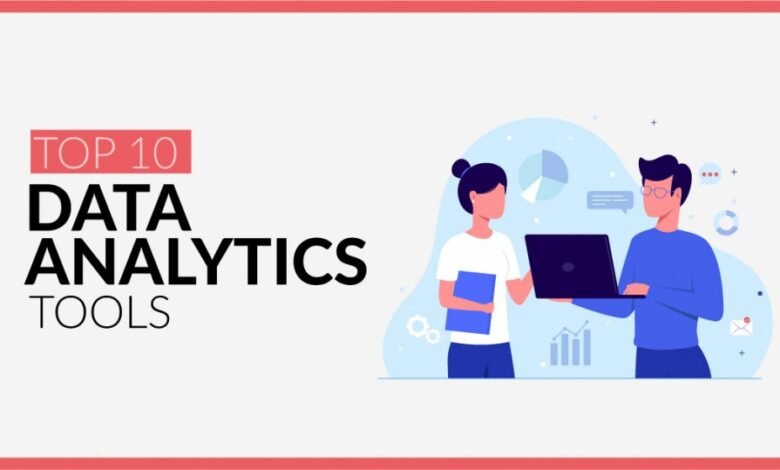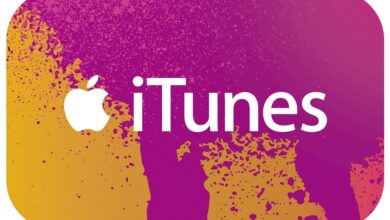Popular Tools For Data Analysis

To conduct data analysis at the best possible standards, software and tools that will achieve the best outcomes will be used by individuals behind all those methods. While many of them are in the industry, to be able to profit from their analytical efforts, data analysts should choose smartly.
That being said, we will discuss the best data analyst tools in this post and name the main features of each one depending on the types of methods of analysis. So, let us begin our post.
What Are Data Analyst Tools?
Data analyst tool is a term that describes application and software used by data analysts to create and execute quantitative processes that help businesses make smarter, educated business choices while minimizing costs and growing profits.
We have curated a list of the best data analyst tools with different emphasis and characteristics, grouped into product categories and illustrated with an example from each, in order to obtain the correct decision possible about which software you have to use as an analyst.
6 Popular Data Analysis Tools
We will concentrate on the most popular resources required to be a professional data analyst, beginning with business intelligence, to allow the most of the infinite number of tools currently available on the market.
Business Intelligence Tools
Among the most common methods of doing data analysis is to use BI software. These tools, specialized in business analytics, would prove to be useful for any data analyst who wants to evaluate, track, and report on significant results. Features such as self-service, data modeling, and automated SQL modes make these technologies easily adaptable, without any need for strong IT intervention, to any level of expertise.
Excluding business intelligence, our post on data analytics tools will not be perfect. The best example of Business Intelligence tools is Datapine which is a perfect tool for both newbies as well as experts.
Statistical Analysis Tools
Different programming languages function to make the process of data scientists simpler and more efficient, referring to computer techniques that often include a range of statistical techniques to control, analyze, and produce insights.
Data Science has its own set of standards and rules that require special attention when it comes to mathematical data analysis and modeling, with the proliferation of the different coding languages that are available in the market today. Among the most popular techniques for a data analyst, R programming will be discussed here. R is especially common in the community, but there are other coding languages that concentrate on data analysis.
General-Purpose Programming Languages
To address a number of data issues, programming languages are used. We have clarified R and statistical programming, and now we will concentrate on general programs that use characters, symbols, and numbers to construct programs and requires detailed programming syntax.
Sometimes, since you need to write applications that will eventually solve an issue, they are also called text-based programs. Java, C#, PHP, Julia, Ruby, and Python, along with many others on the marketplace, are examples. We would present Python here as being one of the best resources for data analysts who also have basic programming skills.
SQL Consoles
SQL is a coding language that is used as a database tool for data analysts to manage/request information collected in relational databases, especially useful in handling structured data. In the field of data analytics, it is widely popular and one of the analyst methods used in multiple business situations and data scenarios.
The explanation is simple: because much of the data is stored in database systems and its meaning needs to be accessed and activated, SQL is an extremely critical element of business performance, and analysts can obtain a better edge to their skills and experience by mastering it.
There are numerous relational SQL-based DBMS (database management systems), like PostgreSQL, Mysql, MS SQL, and Oracle, for instance, and it would appear to be extremely useful for any professional data analyst to acquire the resources of these data analysis. We will concentrate here on MySQL Workbench as one of the most common ones.
Standalone Predictive Analytics Tools
Predictive analytics is among the advanced methods used among data analysts to make predictions by combining data mining, predictive modelling, machine learning, and artificial intelligence, but it needs a decent place in our listing of data analysis tools as its prominence has grown throughout the years with the introduction of smart technologies that have helped analysts to automate their predictive analytics.
You should please note that certain BI tools we have already mentioned in this list provide data analysis solutions that are easy to use and built-in. However, in this segment, we concentrate on independent, advanced predictive analytics used by businesses for different purposes, from detecting fraud using trend detection to marketing strategy optimization by analyzing the actions and purchases of customers.
Data Modeling Tools
If we exclude data modelling, our list of tools for analysts will not be complete. Using symbols, diagrams, and text, to build models to construct the database and develop business systems, essentially represent why the data flows and how it is related in between.
Companies are important in this process by using data processing techniques to assess the exact essence of the information they monitor and the interaction between databases and researchers. If you need to identify, evaluate, and specify adjustments to the information contained in a software application, database, or another program, your skills are likely to be essential for the organization as a whole.
Conclusion
We discussed what are the methods used by data analysts are, and included a brief summary of each tool to give you the experience developing to choose the one or all that best fits your data analytical processes. In introducing tools that would suit technically qualified analysts like Python, R Studio, MySQL, or Workbench, we concentrated on variety.
No, to better understand these tools and the processes, we would suggest you to get your hands on in-demand data analysis certifications, training courses, and online resources and win an edge over your competitors.
For more articles visit this website




